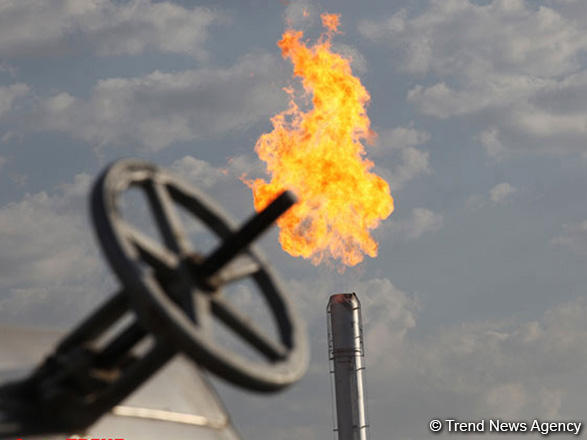BAKU, Azerbaijan, Oct.6
By Leman Zeynalova – Trend:
The Tuna-1 field, recently discovered by Turkey in the Black Sea, most likely would have been immediately named as an additional supply source of gas into the Southern Gas Corridor, Trend quotes Anita Orban, vice president of Tellurian LNG, as saying.
Connecting pipeline from Tuna to the TANAP-TAP system would have been labelled a priority project for the EU and put on the Projects of Common Interest list, she believes.
“With the discovery coming in 2020, we are in between these two worlds, one where natural gas had been a geopolitical asset and one where it will be a commodity traded on an index. The findings certainly are amazing for Turkey and its fast-growing and energy-consuming economy, providing economic growth, local employment, foreign direct investment, and know-how transfer. As long as Turkey can drill and extract the gas at the cost or below of its alternatives, it’s unquestionably a great deal for the country,” noted the analyst.
But Orban believes that it is not a discovery which changes Turkey’s negotiating position vis-à-vis its existing suppliers and it won’t change the geopolitics of the region either.
“Turkey has been relying on pipeline gas from Russia, Iran, and Azerbaijan, and on LNG based on long-term contracts from Algeria, Nigeria, and Qatar, as well as, on spot deliveries, among them from the United States. Turkey’s annual demand has fluctuated between 40 and 50 bcm in the last decade. Its existing and operational LNG regas capacity is about 29.1 million metric tons per year (mtpa), which equals roughly to 44 bcm of gas (Marmara Ereğlisi: 9.4 mtpa, Aliağa: 8.3 mtpa, Etki: 5.7 mtpa, Dörtyol: 5.7 mtpa). Interestingly, already existing regas capacity would be able to provide for almost all Turkey’s import gas demand.
“Turkish LNG imports rose in February and March on low spot prices. In March 2020, for the first time ever, Turkey imported more LNG than pipeline gas. Gazprom was one of the main losers in terms of market share as Russian gas exports to Turkey fell 41.5 percent year on year in the first half of 2020 while LNG imports were up around 45 percent compared to the same period of 2019. The additional LNG purchases have not been driven by an increase in overall gas demand. Instead, the record-high LNG imports have been price-driven. Apparently, Turkish buyers took the minimum take of the contract volumes and supplied the rest via spot LNG deliveries.
“All the above shows that Turkey already had the negotiating power needed to get good deals from its partners due to several competing suppliers, supply routes, the large size of its market, and the fast-developing LNG market.
“For Turkey to be able to look beyond its own market to potentially supply its neighbors, it must compete with all those other sources of gas—pipeline and LNG. By now all of South-eastern and Central Europe has access to several sources of gas. Even the landlocked country of Bulgaria has bought spot LNG cargoes through the Greek Revithoussa terminal and has access to the Southern Gas Corridor. Landlocked Hungary just announced a six-year LNG deal with Shell through the Croatian Krk terminal.
“As LNG is becoming more and more a traded commodity, only the cost of production —not the flag of the molecule—will matter. Whether Turkish Black Sea gas will be competitive is still to be seen. But one thing is certain: Turkey had a great negotiating position even before the latest discovery. Whether it will be able to turn this new source into an international product will be decided by its drilling and transportation costs, not geopolitics,” she said.
---
Follow the author on Twitter: @Lyaman_Zeyn






